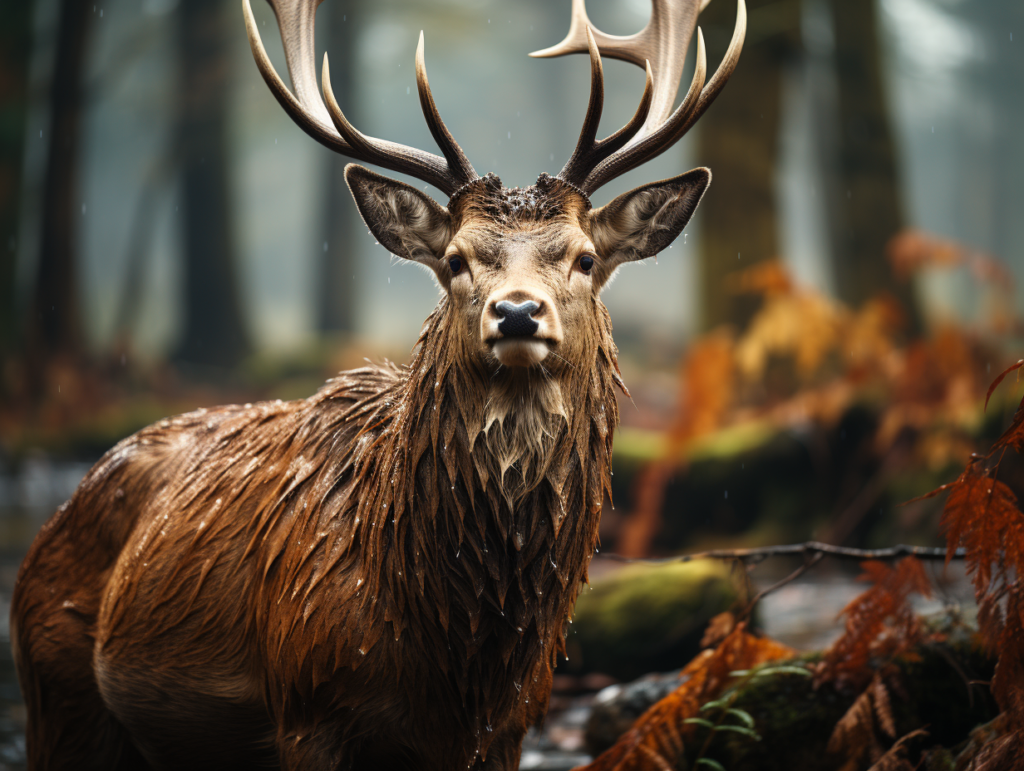Why do deer jump in front of cars? It’s a question that has puzzled drivers for years. In this comprehensive article, we will delve into the peculiar behavior of deer and explore the various factors that contribute to these risky encounters. From personal experiences to expert insights, we will shed light on this phenomenon and provide valuable tips to keep you and our furry friends safe on the road.
Understanding Deer Behavior
Deer are known for their unpredictable behavior, and it’s crucial to comprehend the reasons behind their actions to avoid accidents.
- The Natural Instinct to Flee
Deer have a strong instinct to flee from perceived threats, which can lead them to dart in front of oncoming vehicles.
- Mating Season Influence
During mating season, deer can become more erratic, as they are focused on finding a mate, often leading to reckless crossings.
- Territorial Behavior
Deer may jump in front of cars when defending their territory from other deer or perceived threats.
- Environmental Factors
Weather conditions, such as fog or rain, can disorient deer, making them more likely to cross roads unexpectedly.
The Startling Reality: Why Do Deer Jump in Front of Cars
In this section, we’ll explore the primary reasons to justify the question “Why do deer jump in front of cars” and what makes it a common occurrence.
- Attracted to Headlights
Deer can be drawn to the bright headlights of vehicles, mistakenly thinking they are a potential mate or a safe path to escape.
- Poor Depth Perception
Deer have limited depth perception, which can make it difficult for them to judge the speed and distance of approaching cars accurately.
- High Speeds and Short Reaction Time
Cars travel at high speeds, leaving deer with minimal time to react when they suddenly appear on the road.
- Lack of Escape Routes
In many cases, deer find themselves trapped between the road and other obstacles, leaving them with no alternative but to jump in front of cars.
Tips to Avoid Deer-Car Collisions
It’s essential to know how to reduce the risk of colliding with deer on the road. Here are some practical tips to keep you and the deer safe.
- Reduce Speed in Deer-Prone Areas
When driving in known deer habitats, slow down to increase your reaction time if a deer jumps in front of your car.
- Use High Beam Lights
Using high-beam lights can help you spot deer from a greater distance, giving you more time to react.
- Be Extra Cautious During Dawn and Dusk
Deer are more active during dawn and dusk. Exercise extreme caution during these times.
- Don’t Swerve
If a deer jumps in front of your car, brake firmly, but do not swerve, as it can lead to more severe accidents.
FAQs About “Why Do Deer Jump in Front of Cars”
- Are deer attracted to certain car colors?
Deer aren’t specifically attracted to car colors. Their interest lies more in the brightness and movement of headlights.
- Can honking the horn scare deer away?
Honking the horn can startle a deer and make it flee, but it’s not a foolproof method to prevent collisions.
- What should I do if I hit a deer?
If you hit a deer, pull over to the side of the road, and contact local authorities to report the incident.
- Do deer have any natural predators?
Deer do have natural predators, including wolves, bears, and mountain lions, which play a role in maintaining their population.
- Can I use deer whistles on my car to deter them?
Deer whistles are not scientifically proven to be effective in deterring deer.
- How can I help injured deer after a collision?
It’s best to contact local wildlife authorities or animal rescue services to assist an injured deer.
Conclusion
Understanding “why do deer jump in front of cars” is essential for both drivers and the safety of these beautiful animals. By being aware of the reasons behind their behavior and following safety tips, we can reduce the risk of collisions and ensure the well-being of deer on our roads.






